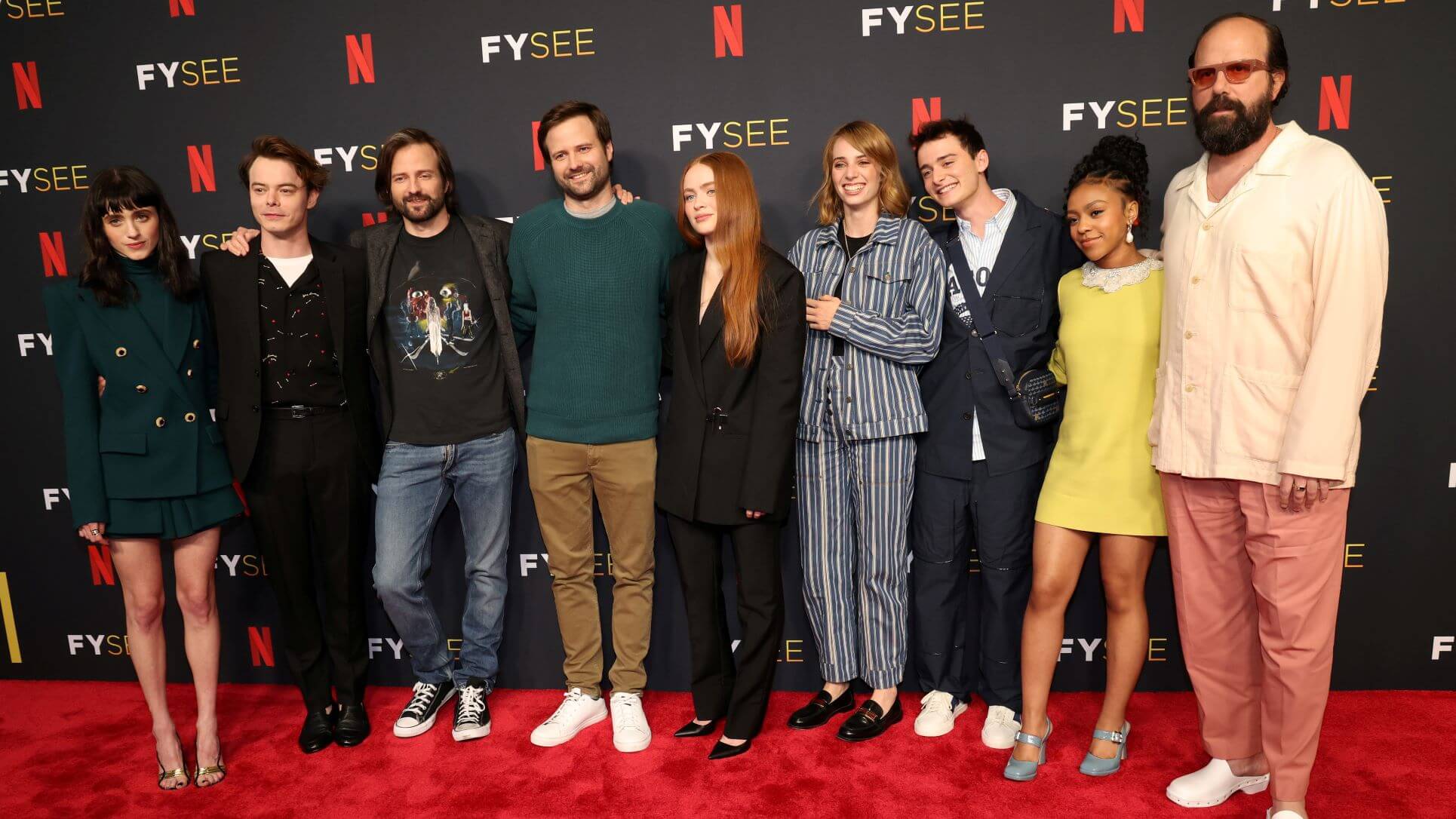The subscription economy is booming, how can you create marketing campaigns to bring in the business?
Going Once, Going Twice: Creating Subscriber Relationships That Go The Distance
The subscription economy is booming, how can you create marketing campaigns to bring in the business?

If you can buy it once, the chances are you can buy it once and receive it again, and again, and again. Subscriptions aren’t new: think of the milkman trundling along his daily round to carefully place a bottle of semi-skimmed and a pat of butter on his customers’ doorstops.
Or the newspaper boy pushing a Daily Telegraph through the letterbox. But nothing in the history of the subscription business model could quite have prepared modern-day consumers for the options now available to them.
Businesses offering products via subscription are springing up at an unprecedented pace. From razors, lingerie and toilet roll to recipe boxes, cheese selections and monthly flower bouquets, you can have it land at your doorstep every month without fail.
The average European household now spends more than £100 per month on subscriptions.
And this is just in the realm of the physical: subscriptions to digital products such as Netflix, Spotify and Amazon Prime are probably the most widely adopted and frequently used.
Such is the popularity of the model that beer-brewers BrewDog recently tried to launch a subscribers-only channel for beer-based content.
But what’s behind this subscription mania? On the one hand, the rise of the internet era, combined with the increasing efficiency of the parcel post services, have created the conditions for success. And for businesses, the benefits are clear.
Companies who get the business model right profit from recurring revenue, allowing them to plan better and to reinvest in operations and products.
They also gain access to valuable customer data. This may include product preferences, demographics, budget and feedback on products they have engaged with (eaten, watched, worn or played) over the course of their subscription.
In a time when customer loyalty to brands is at its lowest ebb, the chance to create a long-term relationship with customers is highly attractive to most businesses.
Data, when used well, helps brands to create a highly personalised product and a close relationship with customers based on a loyalty achieved by providing constant value. Now, in the age of Amazon, the subscription-based model is amongst the most successful of ways for boutique brands to compete with huge players.

Your business doesn't have to be Amazon-sized to benefit from subscriptions
However, it’s not all that easy to crack the model. Subscription-based businesses face various challenges which transactional businesses do not. In a transactional model, the relationship a brand has with a customer is focused on securing the next sale.
In contrast, the subscription model demands that brands offer value for the customer consistently over time, in order to prevent cancelled subscriptions.
Not all subscription-based businesses get this right. Companies spend tremendous amounts of resource acquiring customers, often offering them sign-up promotions and competitive pricing at the beginning of the relationship. But even still, up to 80 percent of new customers cancel their subscription during the first three months.
This can be particularly high amongst certain segments, such as ‘referred friends’, who make up 15 to 20 percent of new subscribers, and are a third more likely than other subscribers to cancel their subscription after one order.
The nature of the subscription-based business creates consumer behavioural patterns which are different to pay-per-product consumer patterns. This means that marketers, whose work is to understand these patterns and to segment customers accordingly, must be on the lookout for a whole new set of trends and groupings.
Marketing in subscription models takes a different approach than other retail models, as the focus is on increasing longevity by nurturing long-lasting relationships with clients, thus increasing lifetime value (LTV), rather than focusing on impulse or seasonal purchasing.
So, what are the different segments that subscription-based businesses need to get to grips with?
Promo abusers
These are the customers who signed up to take advantage of an initial promotion, only to cancel their membership once the full price kicks in. The data shows that between 30-40 percent of customers use the sign-up promo but cancel their subscription before making a second payment.
Out of those customers, 10 percent will cancel on the same day they made a payment, 50 percent will cancel in the first week and after 2 weeks, a cumulative 80 percent will have walked away. Obviously, this group represents an expensive waste of investment for firms.
Minimising this is partly about the way the promo is designed. The bigger the difference between the cost of the sign-up offer and the cost of continuing the subscription, the more likely customers are to cancel their membership.
Getting the level of promotion right can be the difference between attracting lots of promo abusers on the one hand, and enticing new customers who will become loyal aficionados of your brand on the other.
Additionally, subscription providers should reward customers for loyalty. For example, offering a discount after five consecutive transactions, or a loyalty gift to mark the customer’s anniversary, can make all the difference.
New subscribers
New subscribers are recent sign-ups who are yet to become fully familiar with the brand. They are in an incubation period in which their opinion is formed, their loyalty built, and their decision to continue or cut membership made.
It should come as no surprise that new subscribers who have a better ‘experience’ will remain loyal for longer. It is important to encourage new customers to rate their experience or update preferences after receiving their first product.
Not only does the opportunity to provide feedback help to increase engagement with the brand, but it also identifies those customers with less satisfactory experiences.
Special attention can then be paid to these customers – such as with a gift or specially selected product in their next order – to convince them that the brand is attentive to their feedback, attuned to their preferences, and committed to creating value for them.

Nurture new customers to make them love you
The active subscriber
This group includes those who have received several deliveries, have become familiar with the brand and offerings, and still have an active membership. These are the crown-jewels, the core revenue-generators. It’s an important task to ensure their continued satisfaction.
Marketers may prefer to let sleeping dogs lie, and may feel nervous about starting a conversation with these customers for fear of straining the relationship. It might be said that absence makes the heart grow fonder, but brands rarely build a stronger relationship with their best subscribers unless they talk to them.
The active subscriber is the most loyal of customers, and should be rewarded for that loyalty. Pre-sales special offers, special editions of products, or VIP and concierge experiences, will keep this profitable segment happy, often leading to further referrals through word-of-mouth.
The Churned Subscriber
Churned subscribers are people who have cancelled or paused their membership after multiple deliveries. Rekindling this relationship is not an easy task, and marketers should be cautious about offering tempting incentives as this can create a negative financial impact.
Instead, understanding sub-groups of churned customers, and pairing messages or offers with an aspect of their customer experience or activity, can deliver. For example, a substantial proportion (10-25 percent) of churned subscribers continue to visit or browse the website without renewing their membership.
These former customers are up to 5 times more likely to reactivate their membership. The more they visit, the higher the probability. Targeting these customers promises a far more cost-effective way to rebuild old relationships.
The future
Businesses will persist with the subscription model because it promises a steady stream of recurring income and ongoing customer relationships. Customers will continue spending with brands that offer them value – the products they want, when they want them.
The brands that succeed will not become complacent about subscribed customers – they will continue to develop relevant conversations, ensuring they are always delivering something desirable – and will adapt their marketing efforts to the new landscape of customer groupings that the subscription-model creates.
Just like any long-term relationship, the relationship with customers should be continuously maintained.
Pini Yakuel is founder and CEO of Optimove, a relationship marketing platform.
Thanks for signing up to Minutehack alerts.
Brilliant editorials heading your way soon.
Okay, Thanks!


